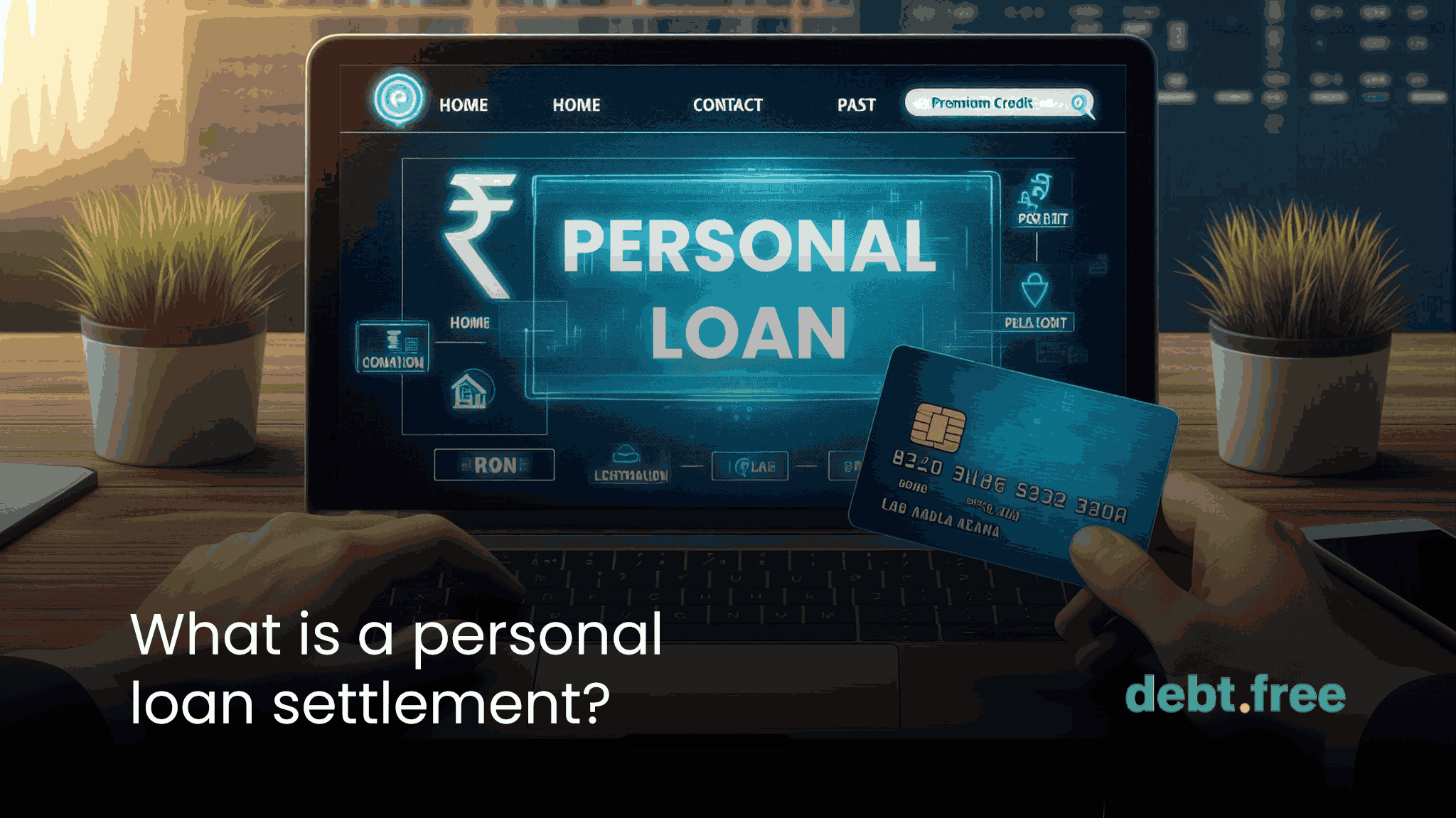The process by which a user deals with a lender to settle an unpaid personal loan for less than the whole amount owing is known as a personal loan settlement. When a customer has major financial problems and is unable to return the whole loan amount, it is often seen as a last option. Although this helps ease rising debt, there are long-term effects for credit and funds.
How Does Personal Loan Settlement Work?
A user may request a settlement from the lender if they are having trouble returning a personal loan and have already failed or are about to fail. Generally speaking, the process goes like this:
1. Evaluation of Financial Conditions
The customer has to analyze their financial position prior to starting a loan settlement. In order to please the lender, settlement often requires paying a sizable number of money that is less than the whole amount due. In order to estimate how much they can pay, renters should take stock of their funds and other financial assets.
2. Making Contact with the Lender
After that, the buyer gives the seller a call to describe their cash position and make an offer. Due to their desire to collect a part of the loan rather than write it off totally as a bad debt, lenders are usually open to talks.
3. Negotiation
The terms of payment, including the amount due and any limits, will be discussed between the renter and the loan. The lender will often agree to accept a part of the whole loan amount. A number of factors, including the borrower’s cash flow and the lender’s rules, will affect the final payment amount.
4. Agreement in Writing
The lender will send an official settlement letter as soon as both sides have agreed upon the terms of the settlement. This paper explains the return amount, payout dates, and any other agreed-upon circumstances. This letter acts as vital evidence of the deal for the loan.
5. Paying the Settlement Amount
The user will later settle the loan in full as stated in the close letter. With this payment, the backer decides to return the extra loan amount and essentially stops the loan account.
Benefits of Personal Loan Settlement
- Debt Relief: By settling remaining debt and removing the need to make further payments on the agreed-upon loan, loan settlement provides instant relief.
- Avoiding Legal Action: By settling the debt via conversation, settlement may help in avoiding legal action from lenders, such as collection methods or cases.
- Less Financial Burden: In times of financial trouble, borrowers might pay a lump payment that is far less than the whole amount due.
Disadvantages of Personal Loan Settlement
- Negative Effect on Credit Score: A loan’s settlement lowers the borrower’s credit score since it is recorded as “settled” on their credit report. For a maximum of seven years, this position may stay on the record, making it more difficult to get credit or loans in the future.
- Restricted Future Credit: Borrowers who have cleared past bills may find it difficult to get fresh loans from lenders. If credit is available at all, it can have more limited terms and higher interest rates.
- Potential Legal Consequences: If the borrower does not follow through with the settlement agreement, such as missing the significant sum payment, the lender might begin collection attempts or take legal action.
- Loss of Interest Benefits: Should the loan deal be finished, any interest benefits linked with the loan, such as tax advantages on loan returns, may be lost.
If borrowers are having financial problems and are unable to return the whole loan amount, personal loan settlement may be a wise option. Although it lowers debt, it has long-term effects that include harm to the borrower’s credit score and limited access to other loans. It is crucial to consider all of your choices and balance the benefits and drawbacks before picking a loan settlement.
Having trouble paying off your personal loan? At GoDebtFree, we specialize in helping you in reducing your debt load by working with lenders. To learn how we may help you in getting financial freedom, get in touch with us right now.
